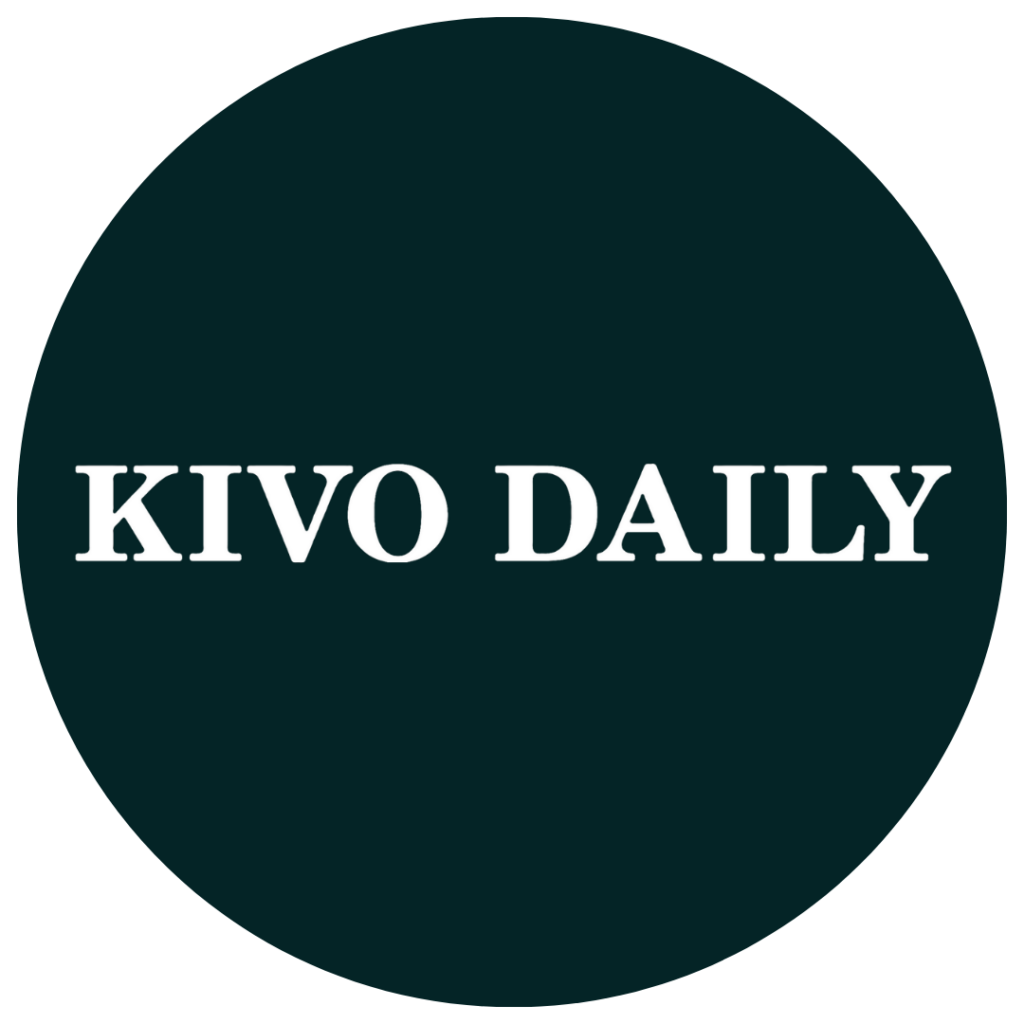Written by: Melissa Powell
Probably the biggest change to the workplace set in motion by the pandemic is the acceptance of remote and hybrid work. While teleconferencing and working from home existed before COVID-19, hybrid work has become the norm. In fact, a 2021 report from Accenture showed that 83 percent of more than 9,000 workers surveyed said they preferred a hybrid model: one in which they can work remotely 25 percent of the time. Teams that used to meet regularly in person now rely on Zoom, Skype, Slack, and other platforms to communicate.
So, how do business leaders maintain team camaraderie and engage employees when they are no longer brainstorming and problem-solving in the same room?
In a January 2022 Forbes post, Denise Vu Broady, chief marketing officer for the low-code provider Appian, outlined several communications strategies that, even under the current working conditions, will keep employees motivated and enthusiastic about their organization, and able to see a future at the company.
Broady maintains that because employees are not sharing the same physical space with their colleagues—thereby missing those “water cooler moments”—they are so inundated by emails and instant messages that they feel overwhelmed. But when leaders schedule regular 15-minute one-on-one meetings with workers, they can gain a better understanding of the projects their team is working on. This also provides time to discuss any underlying concerns employees might not feel comfortable sharing with their co-workers. Managers can also foster an ongoing dialogue with employees, building a culture where open communication is not simply accepted, but explicitly encouraged.
One characteristic that distinguishes great leaders from poor leaders is the ability to communicate with transparency and compassion, which allows them to lead from the top down and share knowledge and experience. According to Harvard Business Review, the three top traits of effective leaders are communication skills, high ethics, and moral standards.
A post on Dase.com, a company that designs learning solutions for businesses, outlines some best practices for leadership communication:
- Leaders who demonstrate transparency have clear expectations of their employees and a willingness to be open and honest with their teams, while also demonstrating humility and vulnerability.
- Great leaders are confident yet not arrogant. This builds trust within the team and discourages gossip and resentment among employees.
- Active listening and encouraging workers to speak up—including asking questions— helps employees feel valued and heard.
- Don’t just lead, coach. Coaching is a vital part of supporting a team because it empowers employees and is critical to building and maintaining a motivated team.
- The best leaders communicate goals and responsibilities clearly, providing explicit direction to their staff. By clearly communicating the goals and vision of the organization, successful managers help motivate teams to achieve their best.
- In addition to showing respect for all employees, leaders can build empathy within the organization by using a storytelling approach; using real-life examples to help educate staff and win their loyalty.
Leaders who are good communicators easily connect with and motivate their teams, while those with poor communication skills can have a negative impact on the business’s bottom line, costing it millions of dollars every year.
Communications firm Grammarly has posted communication tips, specifically geared toward a hybrid workplace. While meeting in person to collaborate on a new product introduction might be preferable, some meetings are just as effective remotely. Shorter virtual meetings when just small bites of information are communicated or one-on-one meetings between staff and managers are best suited to a virtual format.
Since many meetings aren’t held in the same space, it’s critical to make sure that meeting materials are accessible in hybrid situations. For example, if there is a PowerPoint presentation that is printed for in-person meeting attendees, a digital deck can help remote workers follow along. If a whiteboard is being used during a meeting, the employee who’s using it should position their camera so that employees at home can see the entire board.
Because a hybrid workforce often allows for both flexible schedules and for teams to work across time zones, leaders should plan ahead by sharing an agenda and following up with recaps or recordings so all involved are on the same page. There are a variety of communications available to remote workers; choosing the right one will result in the best outcome. A quick check-in with a coworker is well suited to Slack, Facebook Messenger, or another instant-messaging platform. And while email is an essential part of communication for hybrid teams, using Zoom or Skype or another interactive platform allows teams access to visual and audio cues like facial expressions, body gestures, and intonation.
In addition to clear communication between management and work teams, leaders must also make an effort to better communicate with their customers. In a post for Forbes, Alexa Dagostino, owner of Thynktank Coaching, called effective communication the “superglue” that binds relationships, both professional and personal ones. As the global market has undeniably changed during the pandemic, it is even more critical for companies to better communicate their brands worldwide in an effort to build trust and lasting relationships between an organization and its clients.









